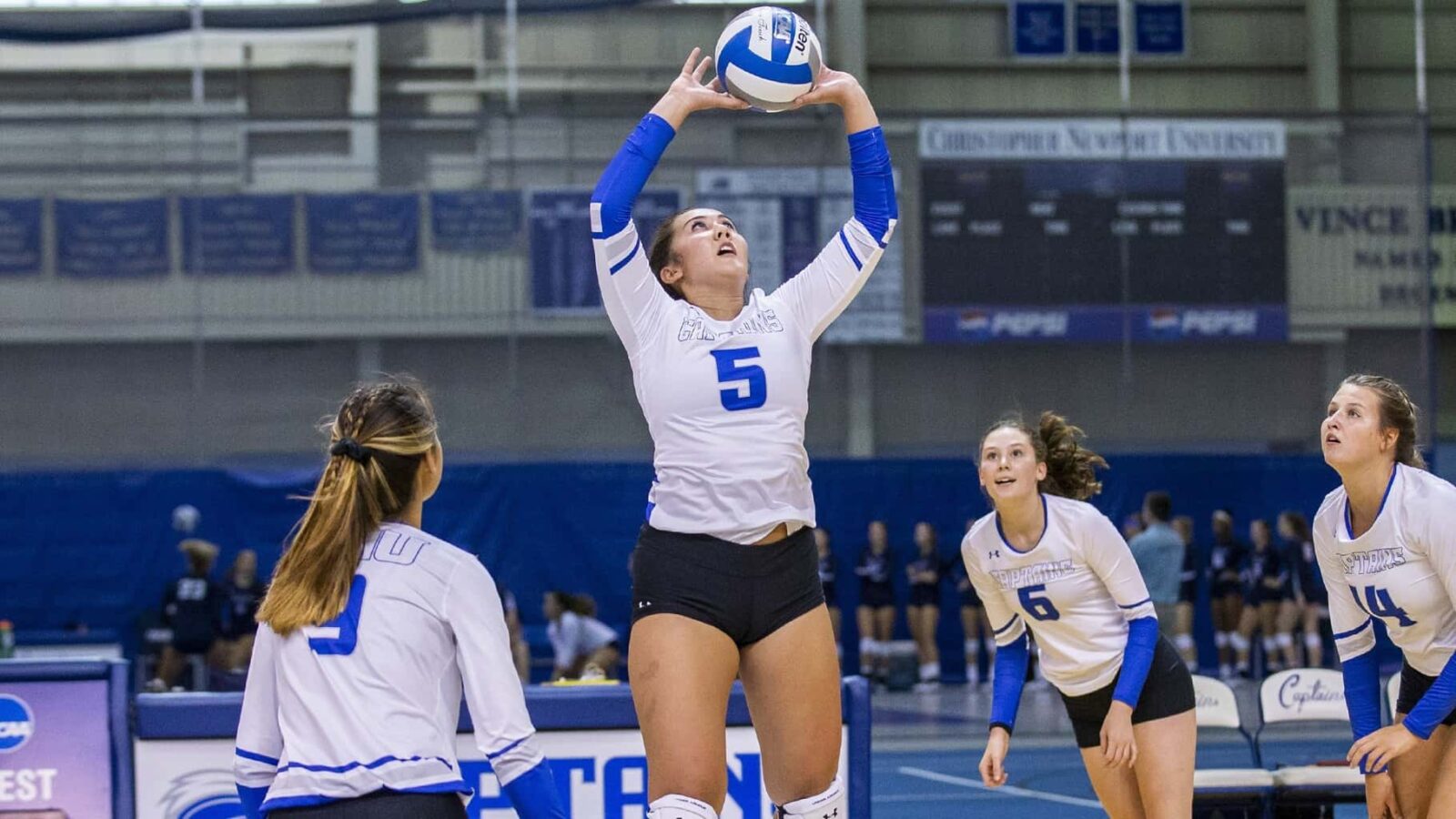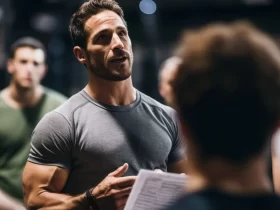All volleyball players are expected to have the ability to jump higher. Some players are gifted with a good height, and therefore, jumping higher is not difficult for them. But some volleyball players are short in stature and have to work hard and train themselves to jump higher. The vertical jump training machine has been launched into the market to ease the process of jumping higher vertically.
When one has just started learning volleyball, it takes time to improve in it. So, to see the best results, all volleyball players have to be consistent and patient. Besides using a vertical jump training machine, some effective drills can help volleyball players jump higher vertically at ease. Given below are the exercises that volleyball players can practice, despite using the vertical jump training machine.
- Broad jumps
The purpose of practicing broad jumps is to test the power of the legs. Also known as the long jump, this drill helps maintain the balance at the end of the jump. To do this exercise, one has to place the feet shoulder apart and balance on the balls of the feet. Next, sit in a squat position and swing the arms as far as possible. Now, swing the arms forward and extend the legs to jump as far as possible.
- Depth jumps
Another excellent jump training exercise that can be done without the intervention of a vertical jump training machine is depth jumps. It enhances the reactive strength and helps the athlete to jump vertically at ease.
- Lateral skater jump
When a person is playing volleyball, he has to move from one side to another constantly. The lateral skater jump drill helps improve the athlete’s performance, especially if he has to move from side to side continuously. Since the intent here is critical, it is advised that the athlete maintains minimal ground contact.
- Rotational box jumps
Choose a box of height that suits your jumping ability. Push the lower body to initiate the first jump with a strong upward motion. To jump higher, an upward arm swing can easily promote the movement for the jump. While jumping, the upper body and torso should rotate to a side. The degree of rotation can range between 90 to 360 degrees.
- Single leg bounds
The benefit of single-leg bound exercise is it increases the strength of the legs, generates explosive coordination, and improves sprint speed. While doing this exercise, the athlete has to aim for minimum contact with the ground and maximum power. The athlete has to swing his arms forward to gain momentum and jump off the standing foot to do single-leg bounds. Each time, the landing should be soft and gentle.
- Split squat jumps
In this jumping movement, the knees, ankles, and hip flexing are involved, which helps to produce the triple extension while jumping. Practicing this drill will enable a volleyball player to maintain balance on one leg as and when required. To do this exercise, place one foot back and sit back into a deep lunge position. Then jump upwards out of the lunge and sit back into a lunge position again.
- Squat jumps
The squat jumps are done for strength training and can help measure the power of the lower body of a volleyball player. It strengthens the muscles throughout the body as well as improves the balance of the body. To do squat jumps, the calves, buttocks, hips, and quadriceps are involved. Sit in a squat position first and then raise the arms upwards to jump up and get back to the initial squat position.
- Tuck jumps
Also known as knee tucks, the tuck jumps are a more advanced form of squat jumps. Here, the athlete has to push himself into the ground and then jump with an explosive movement. When the athlete is in mid-air, he has to push his knees towards his chest and then land softly and return to a quarter squat position. This enhances the hip flexor and abdominal activity.
Conclusion
When a person is involved in some or the other sports field, he has to invest in exercises every day to maintain his physique and ensure that he plays in the correct form.





